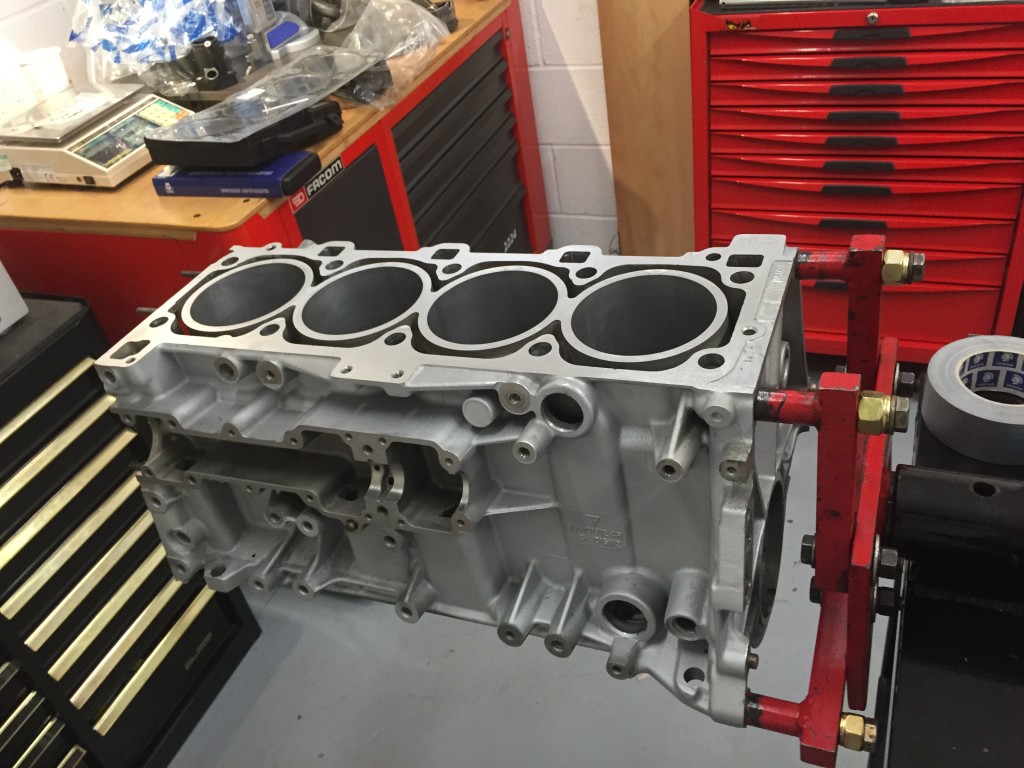924Srr27l said:
John Sims said:
Hi Graham,
Has been so long

. With regard to the lightened clutch I was a little disappointed. When Autostrassa fitted mine they said "Thats a really nice clutch ...what are you going to do to muck up the car more?" In fairness it wasn't as bad when it wore in. Initially it was like a switch.
My main disappointment was it wasn't as ziggy as I thought it would be. The lightened flywheel I had in Sluggy allowed it it rev like a motor bike engine. The 944 engine has so much inertia in the other components that the difference wasn't terribly noticeable. That being the case it isn't terribly detrimental either (once glazed in a bit) so my view is you might as well. While potentially a bit snatchy you are going to have access to more performance orientated specifications.
If I remember correctly I went for a SPECS single plate which might have been from Lindsey Racing (when exchange rates were much better).
Lightened Clutch John ? Are SPEC's clutched lighter than OE? or do you mean the Flywheel..
Was "Sluggy" a turbo or N/A / and did it have a stock (heavy) crank but span up quickly only with a Flywheel change?
I was under the impression anything lightened in the engine does not produce any more power but speeds up the engine's
response time and hence from point A to B on a road gets there faster than a stock engine.. ?
R
It was a complete matched assembly including a clutch and flywheel. Subject to the format of a clutch it can be a great deal lighter than OE
Sluggy was a Westfield racing car with an ex works Formula Ford engine (originally).
Lightening the engines moving components potentially allows the engine to rev more freely as it has less mass to change velocity. However, it doesn't have the same reserve of stored up kinetic energy as a heavy engine so this also makes it easier for the engine to be slowed by external forces, hills, drag, etc. . As such it is much more reliant on good combustion (and the power created there by) to keep it running . An engine with lighter components might accelerate faster but may also struggle to achieve or maintain a high speed.
Quicker from A to B is dependent on where A and B are and the route between the two.










